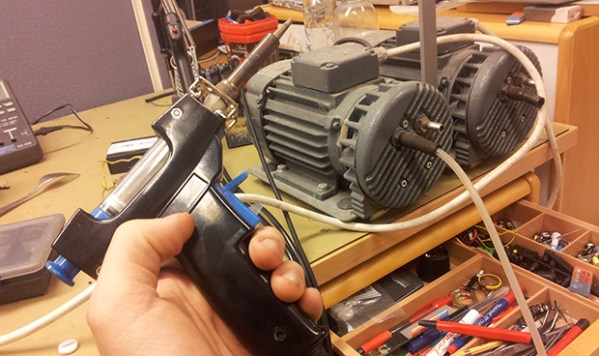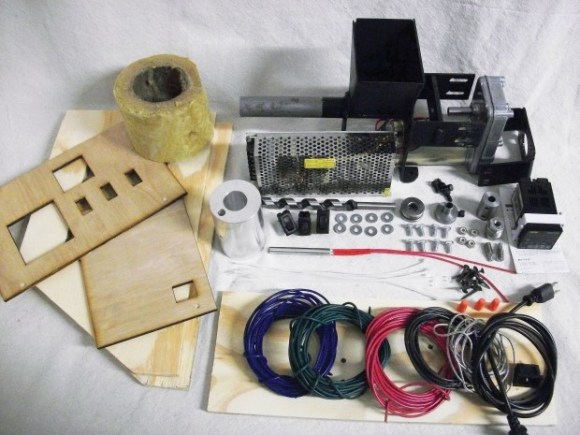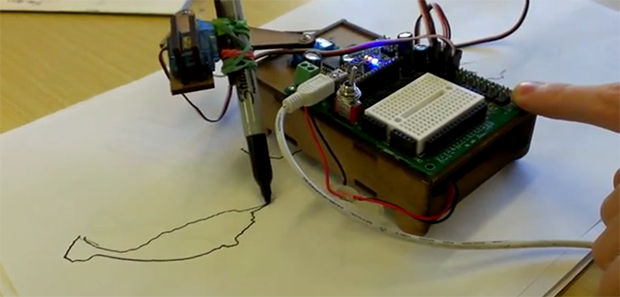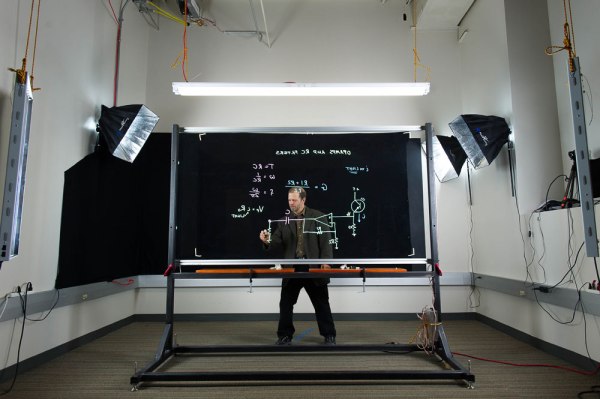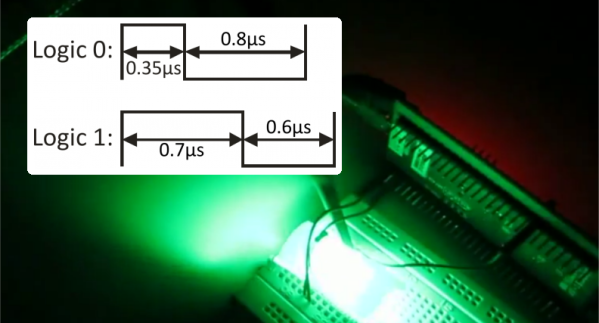[borgartank] is starting a hackerspace with a few guys, and being the resident electronics guru, the task of setting up a half-decent electronics lab fell on his shoulders. They already have a few soldering stations, but [borgar] is addicted to the awesome vacuum desolderers he has at his job. Luckily, [bogar]’s employer is keen to donate one of these vacuum desolderers, a very old model that has been sitting in a junk pile since before he arrived. The pump was shot, but no matter; it’s nothing a few modifications can’t fix.
The vacuum pump in the old desoldering station was completely broken, and word around the workplace is the old unit didn’t work quite well when it was new. After finding a 350 Watt vacuum pump – again, in the company junk pile – [bogar] hooked it up to the old soldering station. Everything worked like a charm.
After bolting the new and outrageously large pump to the back of the desoldering station, [bogar] wired up a relay to turn on the pump with the station’s 24V line. Everything worked as planned, netting the new hackerspace a 18 kg soldering station.

